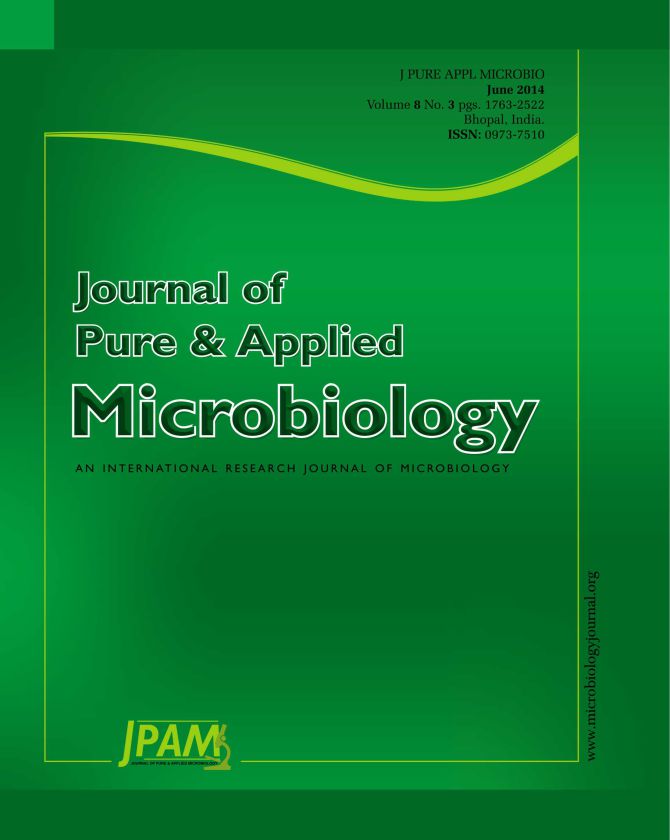The novel strain of influenza A virus (H1N1) causes infection in millions of people, with significant mortality and morbidity. Therefore, this virus must be precisely detected as quickly as possible to obtain a better prognosis. Here, we evaluated the performance of the rapid BDTM Directigen EZ Flu A+B test (BD-RDT) as a screening method for diagnosing H1N1 infection. A total of 2154 samples from suspected cases received between August 2009 and March 2010 were screened for H1N1 using the BD-RDT, and the results were confirmed by a polymerase chain reaction (PCR) technique. We found that 600 (27.85%) samples tested positive by PCR, and the highest detection was observed in November 2009. The overall sensitivity, specificity, positive predictive value, and negative predictive value of the BD-RDT were 20.5%, 99.3%, 92.48%, and 76.39%, respectively. In conclusion, the BD-RDT has a very low sensitivity, so its results must be confirmed by PCR.
Rapid test, BDTM Directigen EZ Flu A+B test, PCR, H1N1
© The Author(s) 2014. Open Access. This article is distributed under the terms of the Creative Commons Attribution 4.0 International License which permits unrestricted use, sharing, distribution, and reproduction in any medium, provided you give appropriate credit to the original author(s) and the source, provide a link to the Creative Commons license, and indicate if changes were made.


